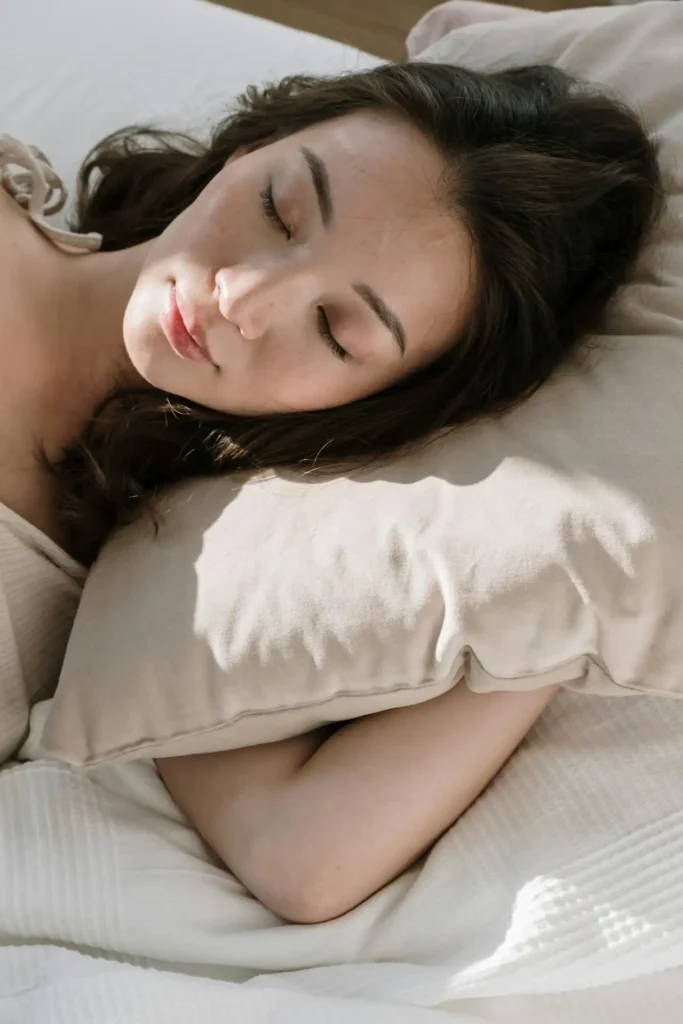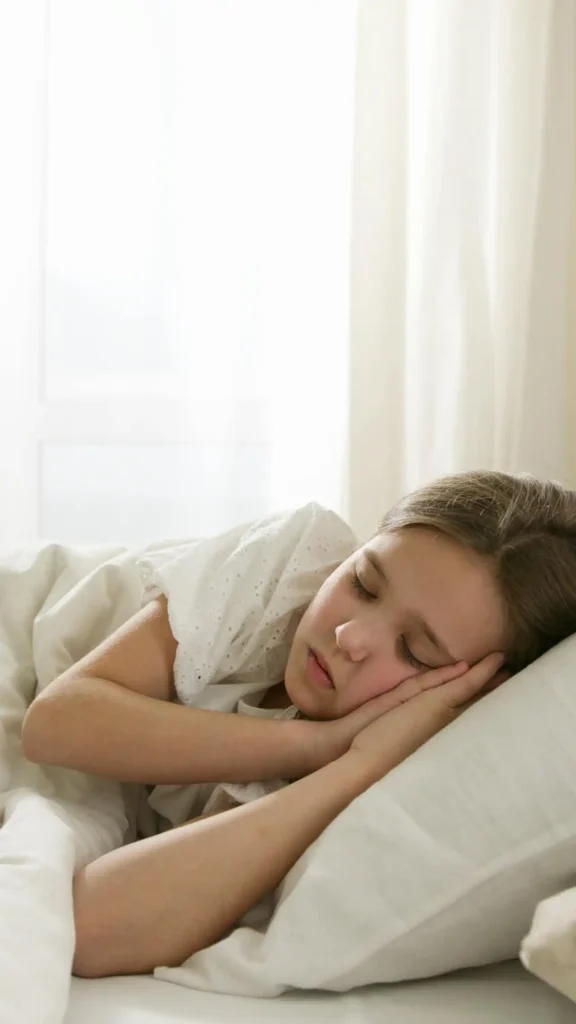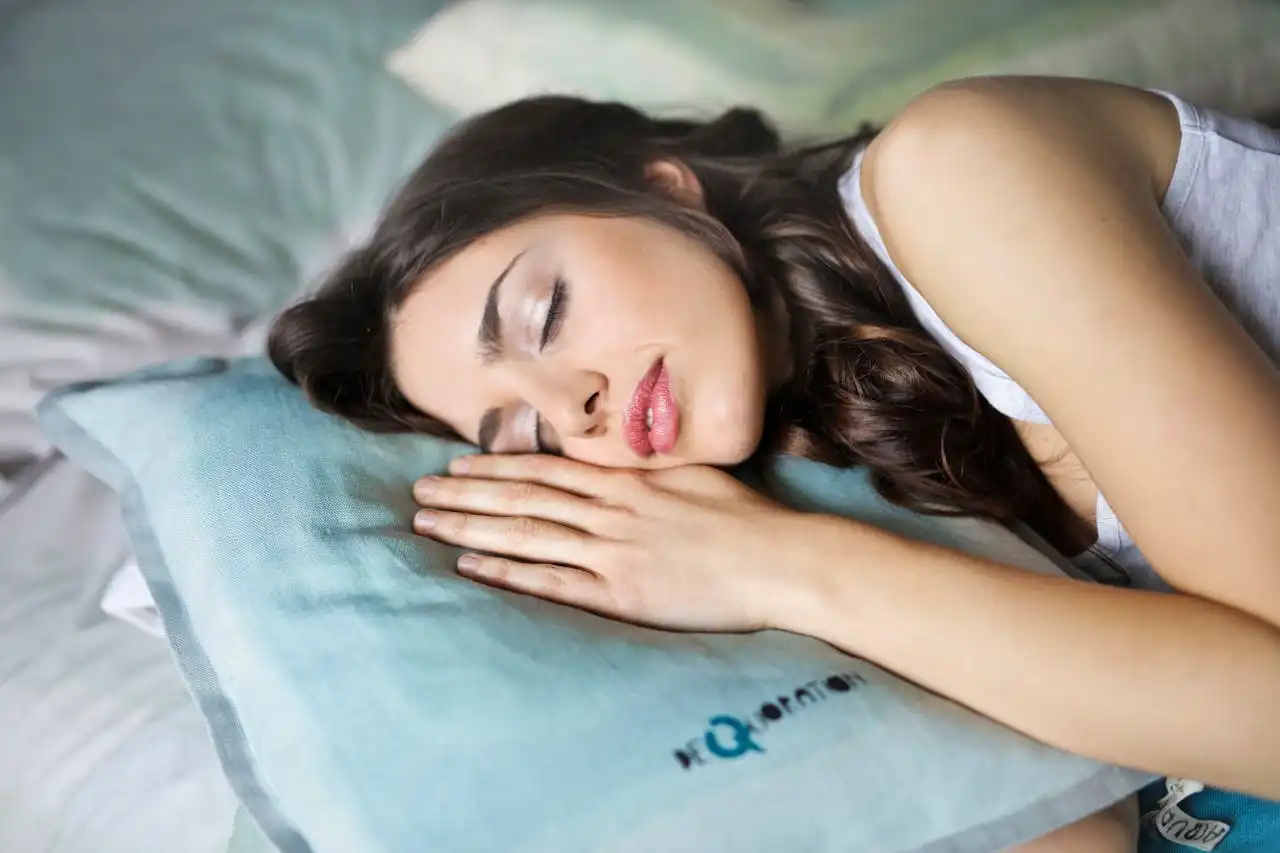The Best Hairstyles to Sleep In for Healthier Hair
You spend roughly eight hours each night with your head on a pillow, and those hours can either work for or against your hair health.
The right sleeping hairstyle protects your strands from friction, prevents tangles, and helps you wake up with manageable, healthier-looking hair.
Why Your Nighttime Hair Routine Matters More Than You Think

Your pillow becomes your hair’s biggest enemy when you sleep with your hair down. Cotton pillowcases create friction that leads to breakage, split ends, and frizz.
Your hair gets twisted, pulled, and compressed for hours, causing damage that accumulates over time.
When you toss and turn throughout the night, loose hair gets caught under your body weight.
This creates tension at the roots and can even lead to hair loss in extreme cases. The constant rubbing also strips away your hair’s natural oils, leaving it dry and brittle.
Protecting your hair while you sleep isn’t just about avoiding bad hair days. Smart nighttime hair care also saves you time in the morning.
You’re actually preventing long-term damage that can affect your hair’s overall health and growth. The right sleeping hairstyle acts as a shield, keeping your strands safe while you rest.
When you protect your hair overnight, you’ll spend less time detangling, styling, and dealing with bedhead. Your hair will look better and feel healthier with minimal effort.
The Loose Braid: Your Hair’s Best Friend
A loose braid ranks as one of the most effective protective hairstyles for sleeping.
You’ll want to braid your hair loosely enough that it doesn’t create tension on your scalp, but tight enough to keep your strands contained throughout the night.
Start your braid lower on your head, around the nape of your neck rather than at the crown.
This prevents the braid from creating an uncomfortable bump when you lie down. Use a soft hair tie or scrunchie to secure the end, avoiding thin elastics that can snap or create dents in your hair.
For longer hair, try a side braid that drapes over your shoulder. This keeps the length of your hair from getting trapped under your body while you sleep.
The loose weave protects your hair from friction while maintaining your natural texture and preventing tight crimps.
If you have layered hair or shorter pieces that won’t stay in a single braid, don’t worry about perfection.
Even a messy, loose braid provides significant protection compared to sleeping with your hair completely loose. The key lies in keeping most of your hair contained and off your pillow.
The Pineapple Method for Curly and Wavy Hair
Curly and wavy hair types benefit enormously from the “pineapple” method.
You gather your hair very loosely at the very top of your head, creating a fountain-like effect that resembles a pineapple’s leafy crown.
Use a silk or satin scrunchie to hold your hair in place, positioning it so high that your curls won’t get crushed when you lie down.
The goal isn’t to create a tight ponytail, but rather to lift your curls away from your pillow while maintaining their natural shape.
This method works particularly well for protecting defined curls from getting flattened or frizzy overnight.
Your curls maintain their bounce and definition because they’re not being compressed against your pillow for hours. You’ll wake up with curls that need minimal refreshing to look great.
For shorter curly hair that won’t reach the top of your head, try multiple mini pineapples using small silk scrunchies.
Position these strategically around your head to lift different sections of curls away from your pillow.
This technique adapts the pineapple method to work for various lengths and curl patterns.
Silk Scrunchies: The Gentle Hair Protector

Regular hair ties can damage your hair while you sleep, but silk scrunchies offer a gentler alternative.
The smooth surface of silk reduces friction and prevents the hair breakage that traditional elastics often cause.
Choose scrunchies made from 100% mulberry silk for the best results. These provide the smoothest surface and the least amount of tension on your hair.
The extra fabric also distributes pressure more evenly, reducing the likelihood of creating dents or crimps in your hair.
When using silk scrunchies for sleep, avoid pulling your hair too tightly. You want enough tension to keep your hair contained, but not so much that you create stress on your hair follicles.
A loose ponytail or bun secured with a silk scrunchie protects your hair while remaining comfortable throughout the night.
Replace your silk scrunchies regularly to maintain their protective benefits. Over time, even silk can become rough or lose its smooth texture.
Fresh scrunchies ensure your hair continues to receive the gentle treatment it deserves while you sleep.
Double Braids for Maximum Protection
Two braids offer superior protection for long, thick, or particularly tangle-prone hair.
This method distributes your hair’s weight more evenly and provides better control over unruly strands that might escape from a single braid.
Part your hair down the middle and create two loose braids, one on each side of your head.
Position the braids so they fall forward over your shoulders rather than behind your back. This prevents you from lying on them and creating uncomfortable pressure points.
For extra protection, you can loosely pin the ends of your braids to the top of your head using bobby pins.
This technique, sometimes called “space buns,” keeps even very long hair completely off your pillow and prevents any tugging or pulling during sleep.
Double braids work exceptionally well for people who move a lot in their sleep. Even if one braid comes loose, the other continues to provide protection.
This redundancy ensures that at least some of your hair remains protected throughout the night, regardless of how much you toss and turn.
Loose Twists for Natural Texture
Twisting your hair instead of braiding creates a different protective style that works particularly well for naturally textured hair.
Loose twists maintain your hair’s natural pattern while providing protection from friction and tangling.
Divide your hair into two to four sections, depending on its thickness and length. The twists should feel comfortable and not create any tension on your scalp.
Twist each section loosely from the roots to the ends, then secure with a soft hair tie or silk scrunchie.
This method works especially well for people who want to enhance their natural waves or curls.
The twisting motion encourages your hair’s natural texture while protecting it from damage.
You’ll often wake up with beautifully enhanced waves or curls that require minimal styling.
For shorter hair, try multiple smaller twists secured with mini silk scrunchies. The key remains keeping your hair contained and off your pillow surface.
This adaptation allows you to protect hair that might not be long enough for traditional braids or ponytails.
Pin Curls for Vintage-Inspired Protection
Pin curls offer a classic method for protecting your hair while potentially enhancing your style.
You create small, flat curls close to your scalp and secure them with bobby pins, keeping your hair completely off your pillow.
Start with slightly damp hair for best results. Take small sections of hair, curl them around your finger, then flatten the curl against your scalp and secure with a bobby pin.
Work systematically around your head until all your hair sits in neat, flat pin curls. You’ll wake up with your hair exactly where you placed it.
This method provides excellent protection because your hair doesn’t move against your pillow at all. The pin curls stay in place throughout the night, preventing any friction or tangling.
Pin curls also offer styling benefits beyond protection. When you remove the pins in the morning, you’ll have beautiful vintage-inspired waves or curls.
This technique combines overnight hair protection with effortless morning styling, making it a time-efficient choice for busy schedules.
The Medusa Clipping Method
For those with very long or thick hair, the Medusa clipping method provides superior protection.
You section your hair and clip each section up and away from your head using small claw clips or bobby pins, creating a look reminiscent of Medusa’s serpentine hair.
Divide your hair into six to eight sections, depending on its thickness. Loosely twist each section and clip it up randomly around your head.
The goal isn’t to create a neat style, but rather to keep all your hair off your neck and pillow.
This method works particularly well for people who find other protective styles uncomfortable or restrictive.
The multiple clips distribute pressure evenly, so you don’t have one tight ponytail or bun creating discomfort. You can adjust the clips throughout the night if needed.
The random placement of clips also means you won’t wake up with uniform dents or creases in your hair.
Each section dries and sets slightly differently, creating natural-looking volume and movement when you remove the clips in the morning.
Additional Tips for Healthier Sleep Hair Care

Beyond choosing the right hairstyle, several other factors contribute to healthier hair while you sleep.
Your pillowcase material plays a crucial role in hair protection. Silk or satin pillowcases reduce friction significantly compared to cotton alternatives.
Consider using a silk or satin hair wrap or bonnet for ultimate protection. These accessories completely enclose your hair, eliminating any contact with your pillow.
They work particularly well for highly textured or chemically treated hair that needs extra protection.
Apply a leave-in conditioner or hair oil before styling your hair for sleep. This adds an extra layer of protection and helps prevent dryness.
Focus on the mid-lengths and ends of your hair, avoiding the roots to prevent greasiness. Clean pillowcases provide the best environment for healthy hair.
Keep your bedroom at a comfortable temperature and humidity level. Overly dry air can make your hair more brittle and prone to breakage.
A humidifier can help maintain optimal moisture levels for both your hair and skin. Replace your pillowcases regularly and wash them with gentle detergents.
Product buildup and harsh chemicals can transfer to your hair while you sleep, potentially causing irritation or damage.
Conclusion
Protecting your hair while you sleep transforms your nighttime routine into an opportunity for better hair health.
Choose the method that feels most comfortable and works best for your hair type and length.







